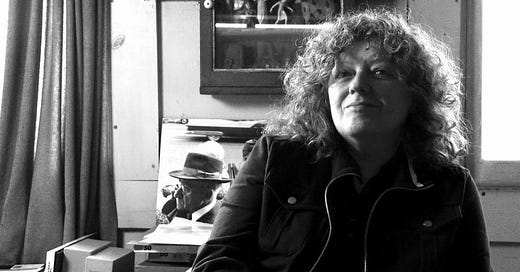Laura Israel on ‘Don’t Blink: Robert Frank’ and Subject Matter Dictating Documentary Form
By Jamie Maleszka

An unconventional life calls for an unconventional telling. Laura Israel’s biographical portrait of iconoclast photographer and filmmaker Robert Frank is tailor-made to its subject. Unorthodox in structure and aesthetic, Don’t Blink: Robert Frank is an associative mosaic with a rock-and-roll heartbeat, a blend of the photographer’s blac…
Keep reading with a 7-day free trial
Subscribe to Nonfics to keep reading this post and get 7 days of free access to the full post archives.



